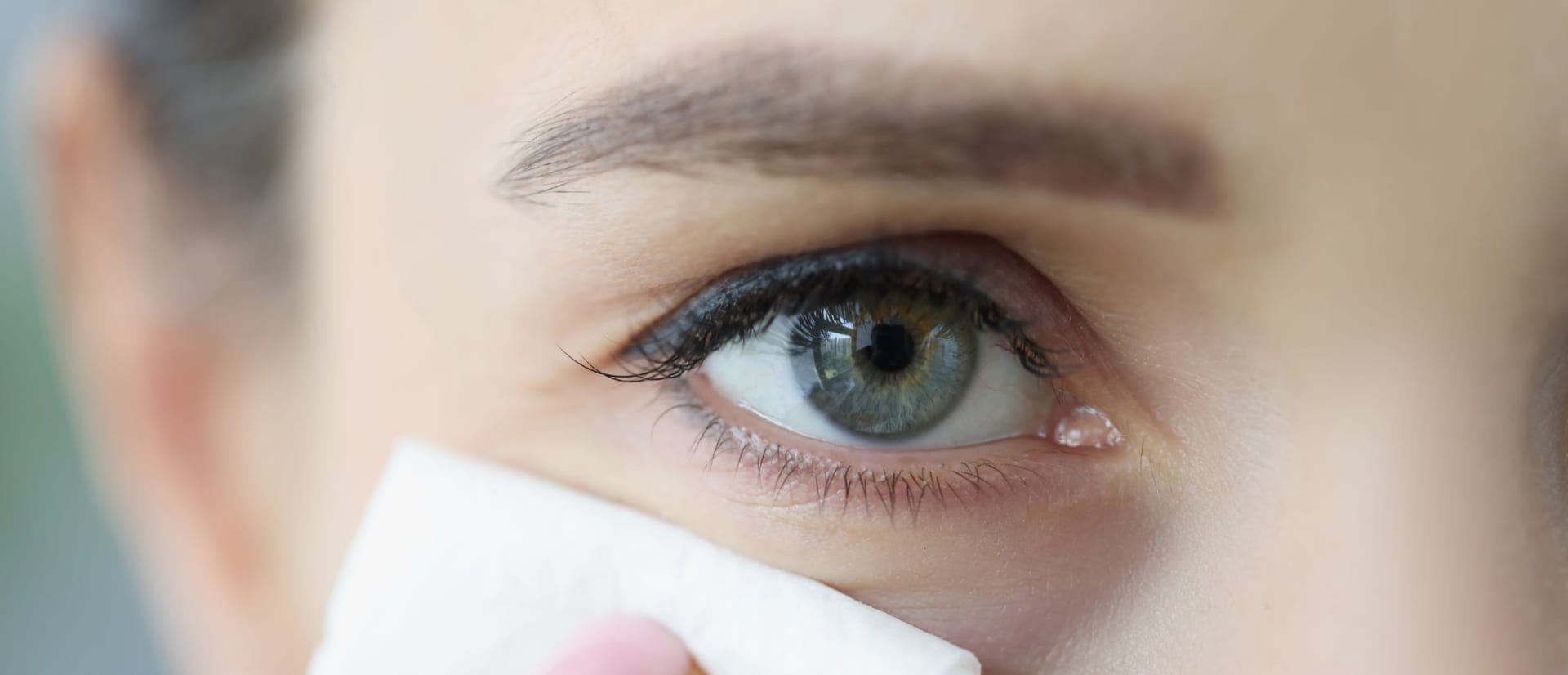Causes of conjunctivitis
The causes of conjunctivitis are different, and symptoms can appear when the eye is exposed to external factors such as wind, dust or smoke or when working for a long time at the computer, etc. Allergies and infections can also be causes of conjunctivitis.
People who wear contact lenses are a particularly sensitive group. They should immediately remove the lenses and see a doctor if there is severe eye redness and inflammation.








